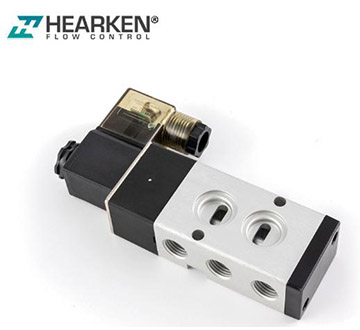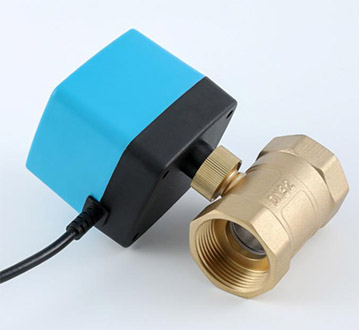The differences between solenoid valve and electric valve
If you need a valve, you have a handful of choices that can solve various issues differently. Navigating the disparities between solenoid and electric valves might seem perplexing at first glance due to their similar functionalities.
This article introduces the differences between solenoid valves and electric valves in three aspects: Functionality, Performance, and Applications to help you make a clearer and easier decision between these two types of valves.
Solenoid valve(above) HEAS series electric actuator with ball valve(above)
The 3 Main Differences Between Solenoid Valves and Electric Valves: Functionality, Performance, and Applications
1. Switch form:
- The solenoid valve is driven by a coil and can only be opened or closed. The solenoid valve has a short action time when switching.
- Electric valves are generally driven by motors, and it takes a certain amount of time to complete the opening or closing action , which can be adjusted.
2. Nature of work:
- Solenoid valves generally have a small flow coefficient and a small working pressure difference. For example, generally the flow coefficient of a 25-caliber solenoid valve is much smaller than that of a 15-caliber electric ball valve. The solenoid valve is driven by an electromagnetic coil, which is relatively easy to be damaged by voltage shock. It is equivalent to the function of a switch, which has two functions: on and off.
- Electric valves are generally driven by motors, which are relatively resistant to voltage shocks. Solenoid valves are quick-opening and quick-closing, and are generally used in places with small flow rates and small pressures that require high switching frequency. The opposite is true for electric valves. The opening of the electric valve can be controlled, and the states are open, closed, half-open and half-closed. It can control the flow of the medium in the pipeline but the solenoid valve cannot meet this requirement.
Solenoid valves can generally be reset when the power is turned off. To achieve this function, electric valves need to add a reset device.
3.Applicable technology:
- Solenoid valves are suitable for some special process requirements, such as leakage, special fluid media, etc., and are more expensive.
- Electric valves are generally used for regulation, and they also have switching values, such as at the end of a fan coil unit.







